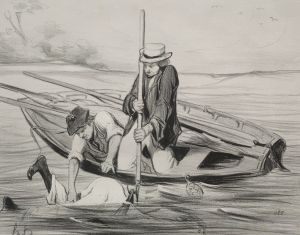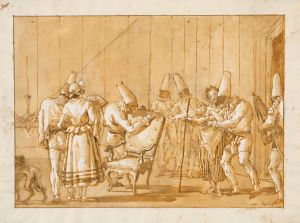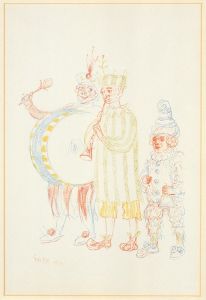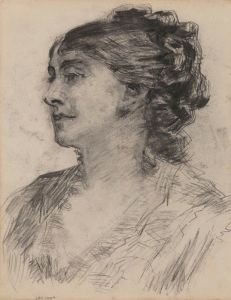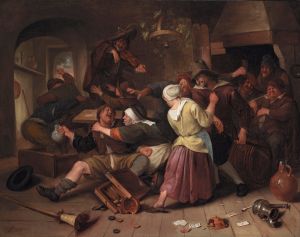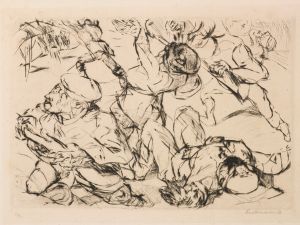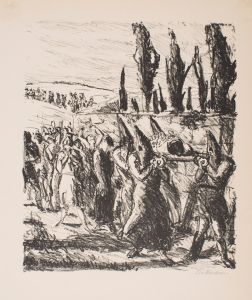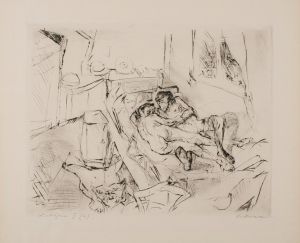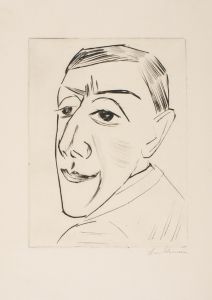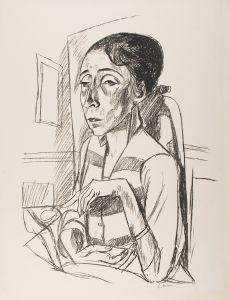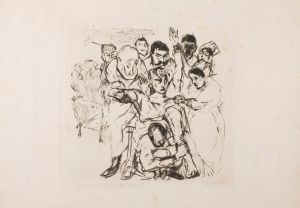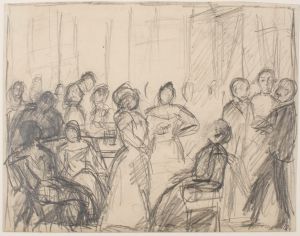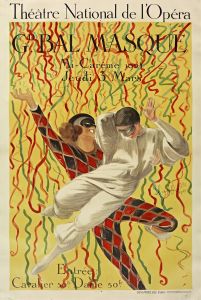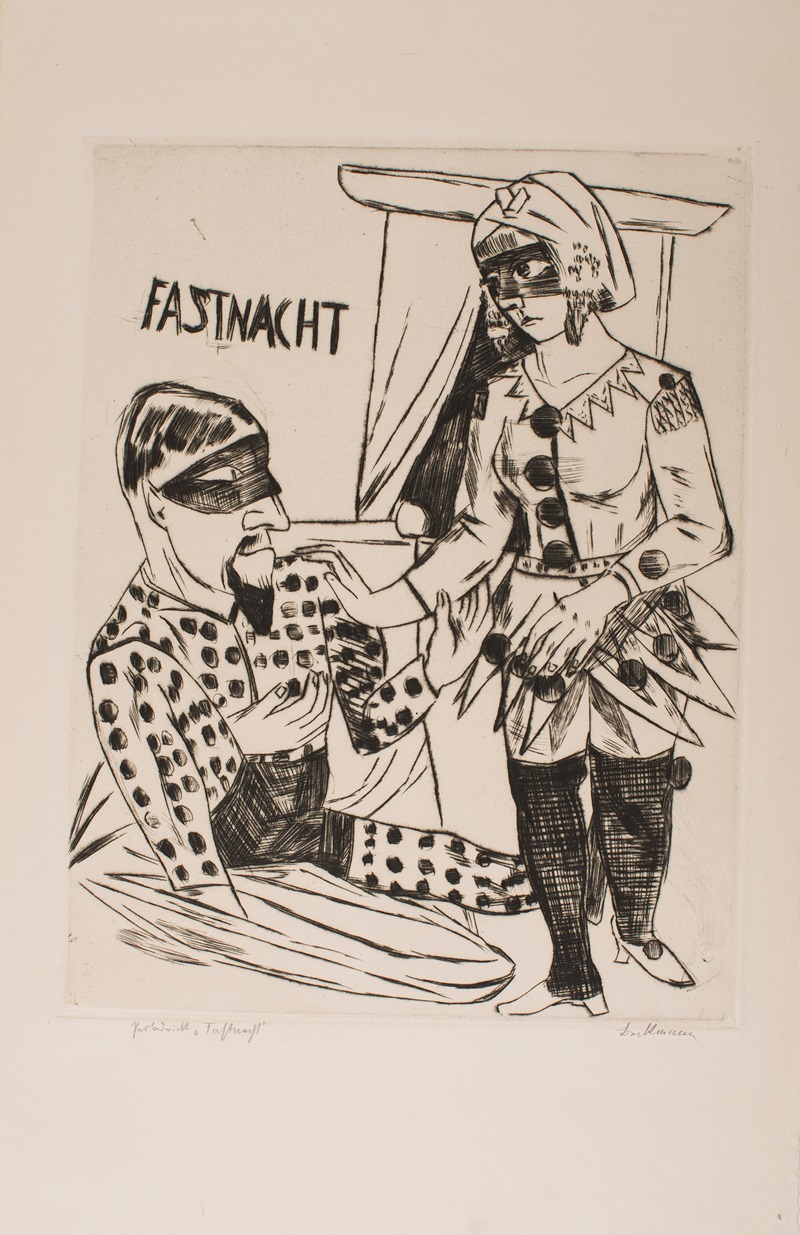
Fastnacht
A hand-painted replica of Max Beckmann’s masterpiece Fastnacht, meticulously crafted by professional artists to capture the true essence of the original. Each piece is created with museum-quality canvas and rare mineral pigments, carefully painted by experienced artists with delicate brushstrokes and rich, layered colors to perfectly recreate the texture of the original artwork. Unlike machine-printed reproductions, this hand-painted version brings the painting to life, infused with the artist’s emotions and skill in every stroke. Whether for personal collection or home decoration, it instantly elevates the artistic atmosphere of any space.
Max Beckmann's "Fastnacht" is an intriguing piece of art that reflects the complexity and depth characteristic of his work. Max Beckmann, a German painter, draftsman, printmaker, and sculptor, is renowned for his unique style that combines elements of Expressionism and New Objectivity. Born in 1884, Beckmann's career spanned a tumultuous period in European history, and his art often reflects the social and political upheavals of his time.
"Fastnacht," which translates to "Carnival" in English, is a painting that captures the essence of the carnival season, a time traditionally associated with revelry and the subversion of social norms. This theme is consistent with Beckmann's interest in exploring the human condition, often through the lens of theatricality and performance. The carnival setting provides a rich tapestry for Beckmann to explore themes of identity, disguise, and the duality of human nature.
Beckmann's work is characterized by bold colors, dynamic compositions, and a certain psychological intensity. In "Fastnacht," these elements come together to create a vivid and somewhat unsettling portrayal of the carnival. The figures in the painting are often depicted in exaggerated poses, with distorted features that suggest a sense of unease or tension beneath the surface gaiety. This aligns with Beckmann's broader artistic vision, which frequently delves into the darker aspects of human experience.
The painting is also notable for its use of space and perspective. Beckmann often employed a compressed, almost claustrophobic space in his compositions, which serves to heighten the emotional impact of the scene. In "Fastnacht," this technique draws the viewer into the chaotic world of the carnival, creating a sense of immediacy and involvement.
Beckmann's choice of subject matter in "Fastnacht" can also be seen as a reflection of his personal experiences and the broader cultural context of his time. The early 20th century was a period of significant change and uncertainty in Europe, with the aftermath of World War I and the rise of new political ideologies. The carnival, with its themes of chaos and transformation, can be seen as a metaphor for the societal shifts occurring during Beckmann's lifetime.
Throughout his career, Beckmann was deeply influenced by his experiences during the war and his subsequent exile from Nazi Germany. These experiences imbued his work with a sense of urgency and a desire to confront the complexities of the human psyche. "Fastnacht," like many of his other works, can be interpreted as a commentary on the masks people wear and the facades they maintain in the face of societal pressures.
In summary, Max Beckmann's "Fastnacht" is a compelling exploration of the carnival theme, rendered with the artist's characteristic intensity and depth. Through its vivid imagery and complex symbolism, the painting invites viewers to reflect on the nature of identity and the human condition. As with much of Beckmann's oeuvre, "Fastnacht" stands as a testament to his ability to capture the multifaceted nature of human experience in a rapidly changing world.





